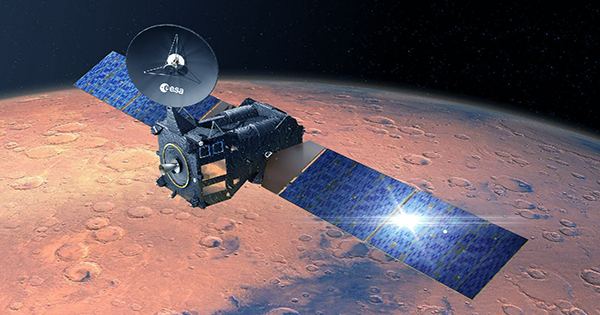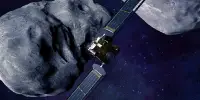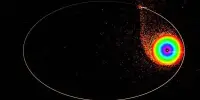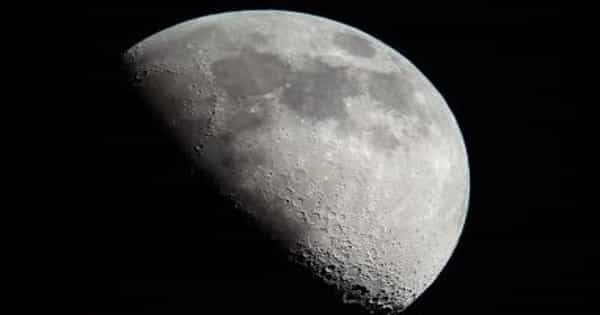In the Gale Crater on Mars, the Greenheugh pediment is a fascinating plain. NASA’s Curiosity rover has been gently studying some really cool-looking terrains discovered through orbital views. The most recent terrain to be shot and sent home has been dubbed “gator-back,” and it’s easy to understand why. “The scientists had been interested by the “washboard texture” maintained on the Greenheugh pediment’s surface, as observed in orbital photographs,” Lauren Edgar wrote in a NASA mission update article. “Now that we’re here, it’s startling how rough it is, and the colloquial description of “gator-back terrain” seems extremely appropriate!”
Curiosity arrived at this area last weekend and took the first photograph, which reveals sharp pyramid-like rocks separated by ridges. It has a reptile vibe to it, albeit we don’t expect to see any crocodiles or alligators on Mars. Curiosity is currently examining the rocky landscape to determine its composition, and scientists may be able to deduce its formation from there.

To understand the erosion occurring on the gator-back ridge, scientists will need to look at many photos that can be combined into bigger mosaics by scientists back home. Now that the dusty season has arrived on Mars, the rover will conduct a “dust devil” survey while it’s there. Curiosity is climbing Mount Sharp, the primary peak of Gale Crater, and is examining at older and older rocks, obtaining fresh insights into what Mars was like billions of years ago.
On Mars, it appears that you can wait a long time for a dust devil, and suddenly three appear at once. Fortunately, engineer Kevin M. Gill of NASA-JPL, who has the well-deserved title of Martian photographer, was able to discover them in photographs acquired by NASA’s Perseverance spacecraft. He didn’t simply detect them; he processed the raw photographs, increased the contrast, and combined them into a short animation that depicts the three small twisters sifting dust across Mars’ surface.
Although the quality of the Navigational photos isn’t the finest (their goal isn’t thorough observations), Gill was able to create something captivating. The photos were taken on Mars on the 372nd day of Perseverance. Or, in our case, March 7, 2022. Dust devils are rising air columns that move across the ground, and they’re rather abundant on Mars. The earth heats up faster than the air above it, causing it to rise and cooler air to descend. Vortices are formed as a result of this action, which can gather up sand and become apparent.
The majority of them are little and only occur on occasion, but when the conditions are ideal, they may grow in number and size. These dust devils can’t do much damage since the Martian atmosphere is 100 times thinner than Earth’s, but they do help move sand and sculpt the freezing desert climate that makes Mars what it is today.
















